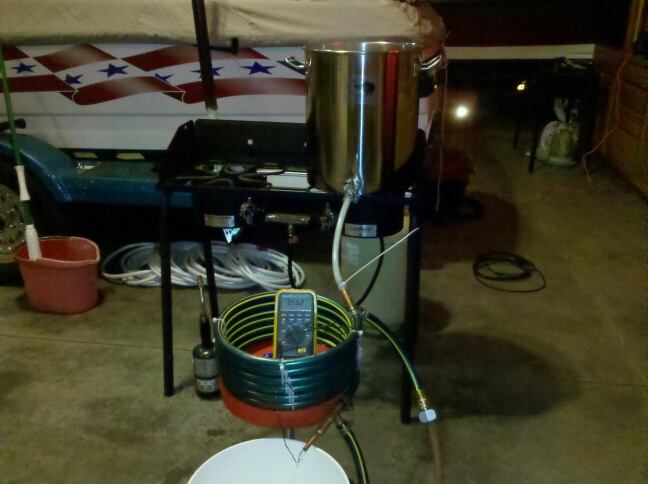Couldn't we use PVC instead of the brass and epoxy the pipe. It would be incredibly cheaper. Right?!? The only metal would be the copper.
~RDWHAHB~
What brass? My design only includes copper and rubber hose, with copper being the only material in contact with the wort.



![Craft A Brew - Safale BE-256 Yeast - Fermentis - Belgian Ale Dry Yeast - For Belgian & Strong Ales - Ingredients for Home Brewing - Beer Making Supplies - [3 Pack]](https://m.media-amazon.com/images/I/51bcKEwQmWL._SL500_.jpg)






















































 Sorry... my inner 8th grade self just couldn't help but comment!
Sorry... my inner 8th grade self just couldn't help but comment!
